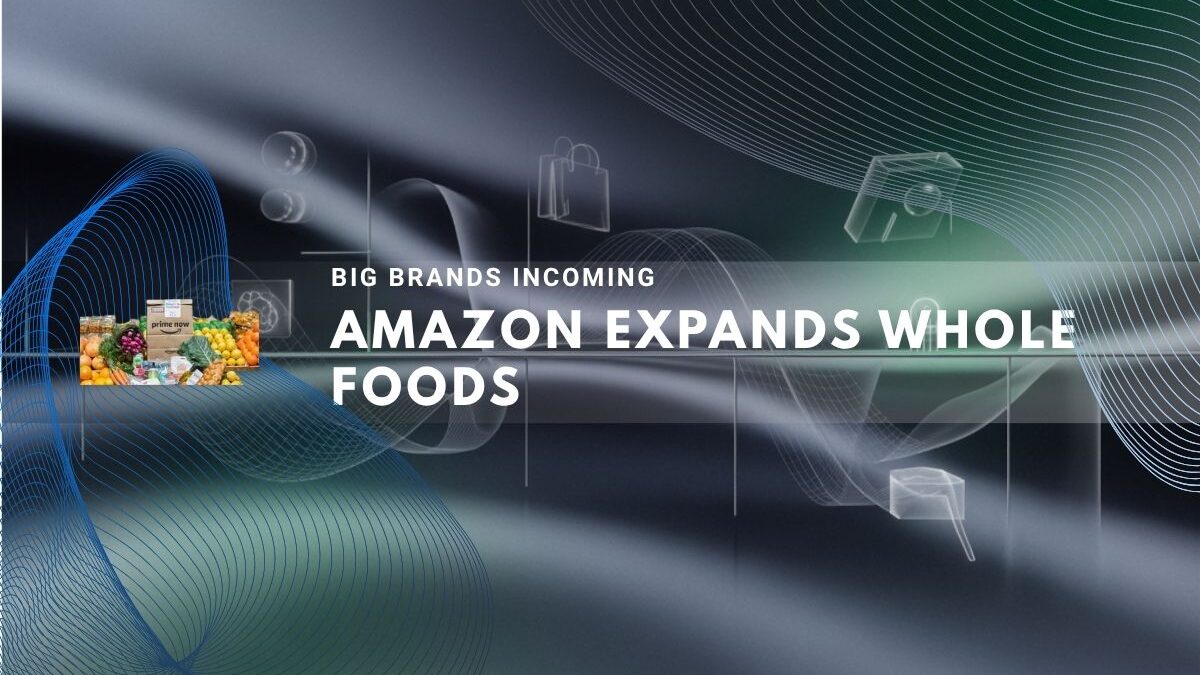Amazon is piloting inclusion of mainstream brands such as Pepsi, Kraft, and Chips Ahoy within designated sections of select Whole Foods stores. For example, the Chicago flagship replaced a coffee shop with an amazon expands grocery operations Grocery kiosk offering thousands of conventional grocery items, while Philadelphia stores utilize robot-assisted, app-based fulfillment for products not stocked in-store. This initiative broadens product choice without compromising Whole Foods’ premium organic brand identity.[1][10][11]
Unifying Grocery Leadership and Employee Programs under Amazon’s One Grocery Strategy
Jason Buechel, Deepens Whole Foods CEO, now oversees Amazon’s grocery grown grocery operations, including Whole Foods, Amazon Fresh, and Amazon Go, centralizing leadership. Whole Foods’ U.S. corporate employees will transition into Amazon’s standardized pay, benefits, and performance review programs by the end of 2025, aiming to reduce redundancies and foster collaboration. Frontline store and warehouse employees remain under existing employment systems during this transition.[2][4][5][6]
Expanding Same-Day Delivery and Automated Fulfillment to More Cities
Amazon has grown its same-day perishable grocery delivery to over 1,000 U.S. cities, planning expansion to roughly 2,300 cities by 2026, supported by a $4 billion investment in fulfillment infrastructure. Automated micro-fulfillment centers connected to Whole Foods stores enable faster restocking and delivery of both organic and conventional products.[6][9][1]
Leveraging Advanced Business Intelligence and AI to Optimize Grocery Operations
The migration to Amazon QuickSight cloud business intelligence tools has cut data processing costs by 75% and accelerated dashboard performance by 90%, enhancing operational transparency. AI-based workforce management and upskilling initiatives improve efficiency and talent retention across Amazon’s grocery units.[12]
Protecting Whole Foods Brand Identity While Integrating Conventional Goods
Amazon maintains a deliberate separation between Whole Foods’ organic core products and mass-market conventional offerings. This segmentation supports preserving the brand’s premium reputation even as product diversity increases.[3][10]
Transparency on Information Gaps for Consumers and Employees
Specific impacts on consumer pricing, product assortment adjustments, and in-store customer experiences have limited public reporting. The full implications of corporate integration for frontline employees’ roles and work conditions remain unclear. Competitive positioning versus major retailers and delivery platforms is also underreported.[9][10][2]
